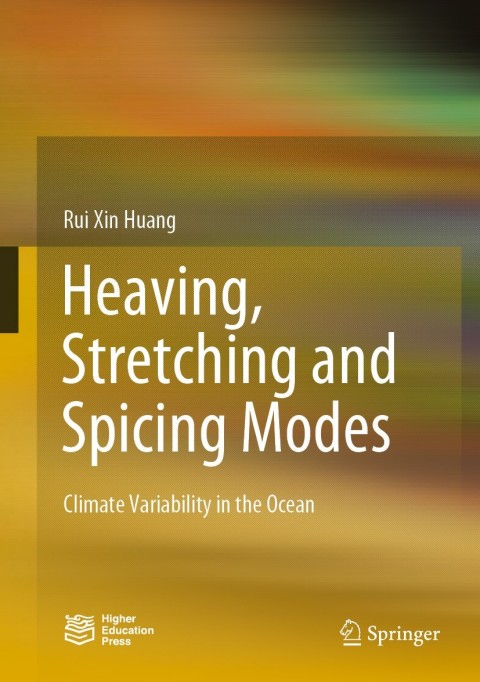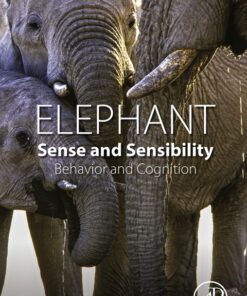Heaving, Stretching and Spicing Modes Climate Variability in the Ocean Ebook (miebook.shop)
$25.00
Rui Xin Huang
Heaving, Stretching and Spicing Modes
Climate Variability in the OceanThis book is focused on fundamental aspects of climate variability in the ocean, in particular changes of the wind-driven circulation. The vertical movement of isopycnal (isothermal) layers, including their stretching and compression, is called heaving and stretching. A major part of climate variability in the ocean is heaving in nature. Heave is primarily associated with the adiabatic motions of isopycnal layers due to change of wind stress. It is rather difficult to separate the contributions from adiabatic and diabatic processes. Isopycnal analysis has been widely used in climate study; however, it is much more accurate to study the isopycnal layers. Here climate signals are examined in terms of changes of layer depth, layer thickness, layer temperature/salinity, spicity and others. In addition to the traditional Theta-S diagram, the sigma-pi (potential density ‘ potential spicity) diagram can also be used in analyzing water mass property distribution and climatevariability. In fact, a radius of signal can be defined rigorously for signals in the sigma-pi diagram; the combination of isopycnal analysis and evaluation of radius of signal provides a powerful tool in analyzing climate variability in the world oceans. ISBN: 9789811529405, 981152940X











